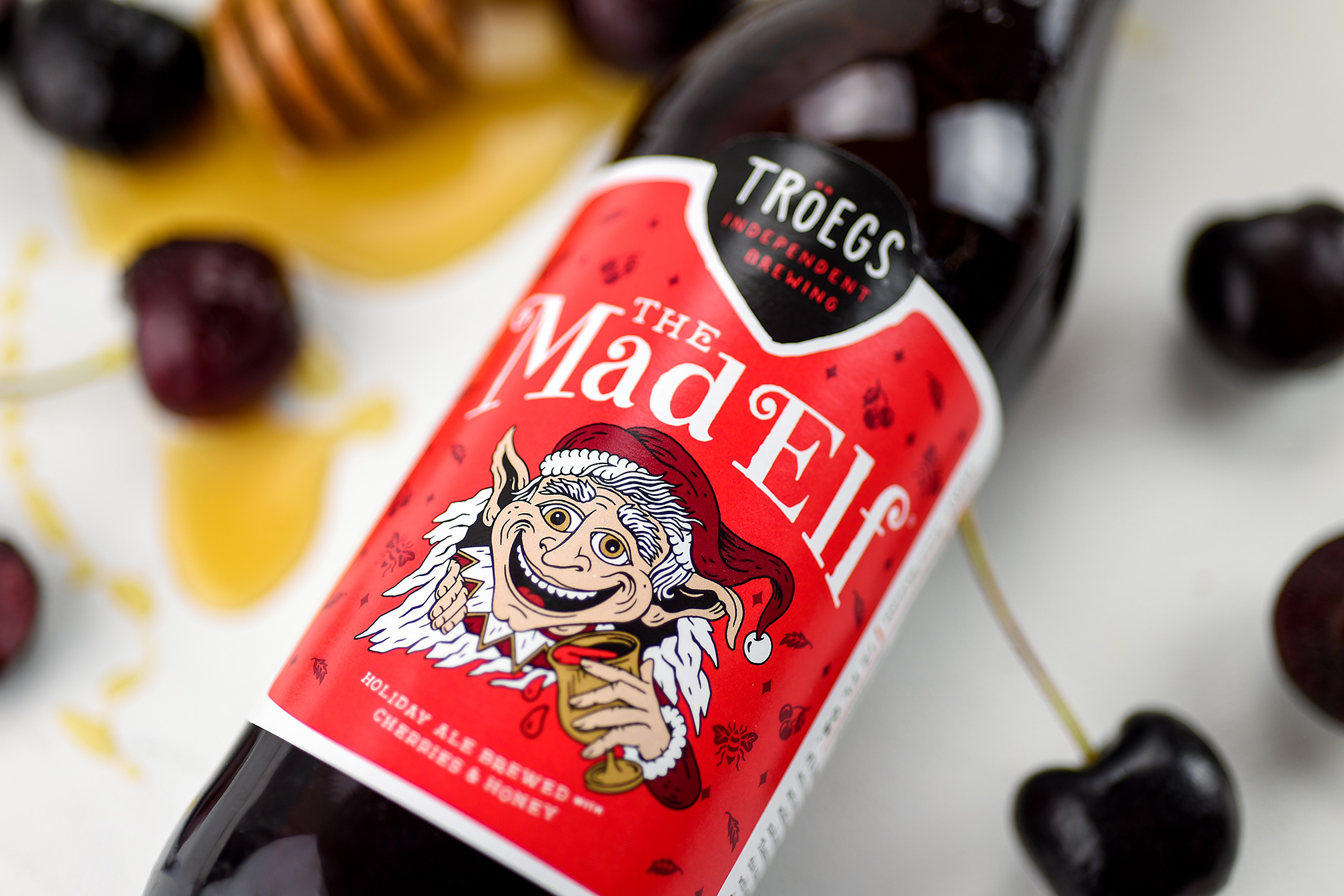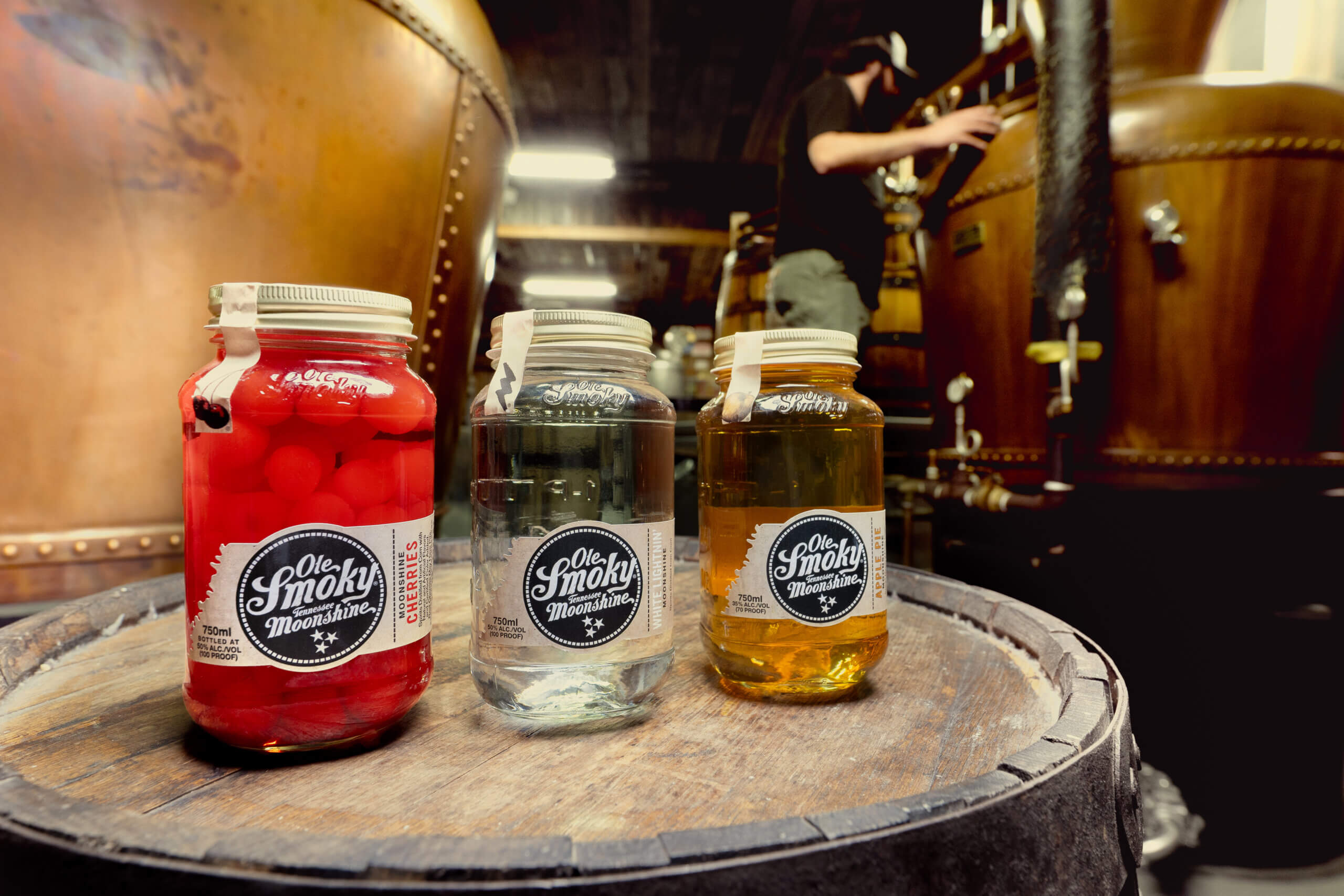How To Tell the Difference Between a Porter and Stout Beer
By Danielle Bouchat Friedman
The Difference Between Porter Beer and Stout Beer
If you ask the average beer drinker what the difference is between a porter beer and a stout beer, you might get a puzzled look, followed by silence. That’s because it’s difficult to find a person who actually knows the difference, which is why we turned to some knowledgeable brewers for guidance.
Insights from Brewmasters
Mark Safarik, who has been the brewmaster for Dogfish Head Craft Brewery for 29 years, believes that it’s not just the beer’s dark colors that confuse people. “There is a lot of overlap in taste and aroma profiles,” he says. “Brewers have also managed to blur the lines between them, either through ingredient additions (coffee, lactose, cocoa, maple syrup) or spirit barrel aging.”
If you’re trying to tell the two beers apart, Jon Schorah—who is the brand manager and head brewer at Crooked Hammock Brewery in Lewes, Delaware—says that stouts often range in alcohol levels and typically have more sweetness and roasted coffee notes than a typical porter. Popular Irish-style dry stouts include Guinness and Murphy’s, while Bell’s Porter and Anchor Porter are classically executed porters. Phin DeMink, founder of Southern Tier Brewing Company, says it’s the lactose in Guinness that gives it its distinct mouthfeel. And while Guinness is surprisingly low in calories (“You can’t always judge a beer by its color,” DeMink says), Safarik notes that the majority of the other types of stouts and porters are not like this.

“They are much higher in alcohol and require a lot of residual sugars to balance the roasted/burnt flavors of the malts that make them dark,” Safarik explains. “Those make for a much higher calorie count. Additions like lactose will push the calories even higher. Your typical imperial stout is like a meal in a glass.”
While it may take some time to acquaint yourself with the differences between porter and stout beers, your palate will learn to distinguish the two styles after tasting enough of them. And we’re always looking for an excuse to try more great craft beers, especially if it’s for “educational” purposes.










